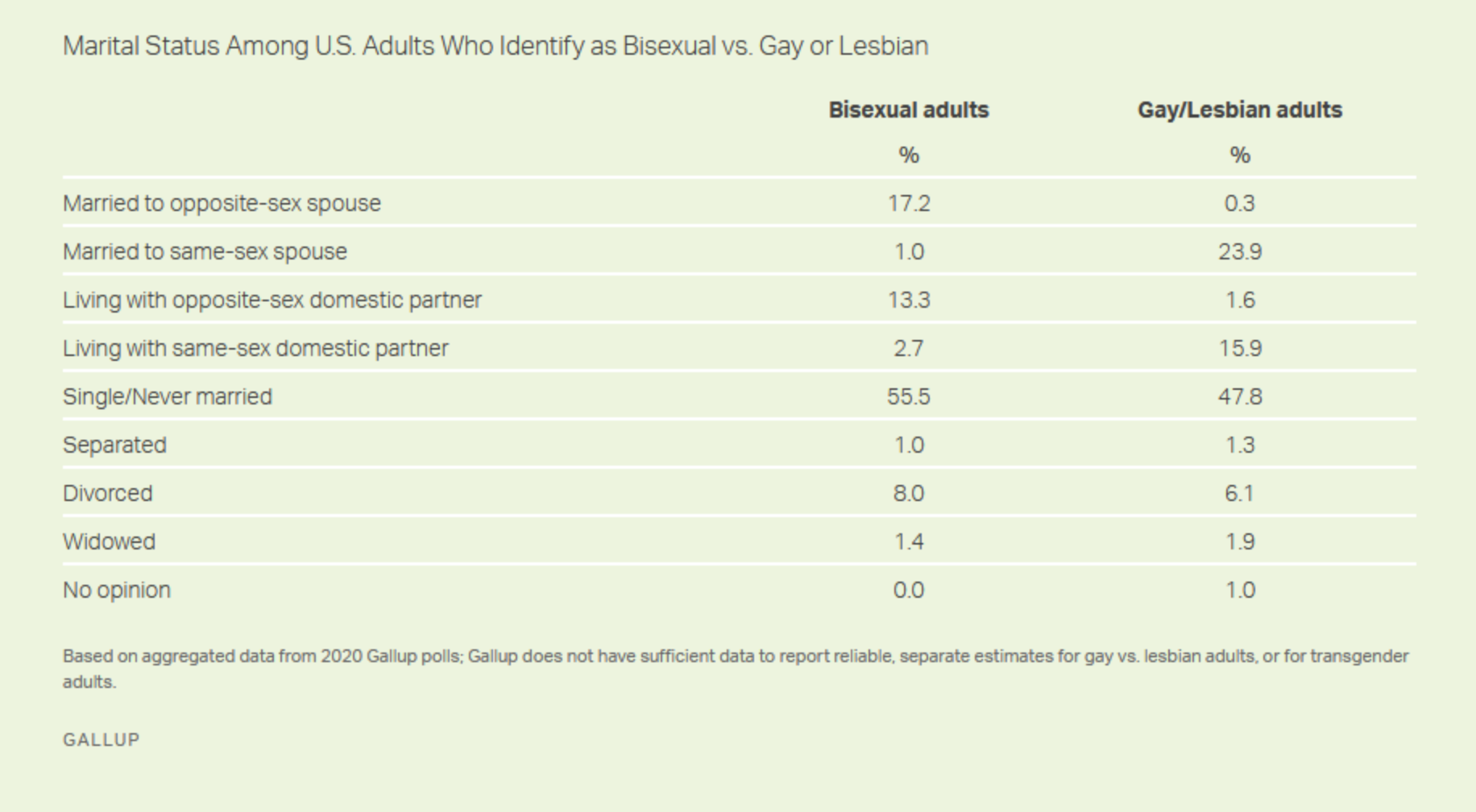The LGBT community is expanding. The Office of National Statistics found that the proportion of the UK population — aged 16 years and over — publicly identifying as lesbian, gay or bisexual increased from 1.5% to 2.0% between 2012 and 2017.
In a separate study of 15,349 American adults published this week, Gallup estimated that 5.6% now identify as LGBT. But drilling down into the data, an astonishing 15.9% of 18- to 24-year-olds were huddled under the LGBT rainbow. That is almost one in six, but this surge does not come from the L and the G. They are now a minority in their own community.

Bisexuals dominate the figures, though Gallup also reports that the vast majority choose opposite sex partners, while transgender people push lesbians into fourth place. What is going on?
Times have changed since I grew up in the 1980s. Gay pride — once a political protest on the fringe of society — is now a mainstream carnival. In 2019, Pride in London estimated that over 1.5 million spectators watched 30,000 people parade from Langham Place to Whitehall.
The message to young people is clear from the colourful flags on show. Every LGBTQIA+ identity seems to have one. But the monochrome heterosexual flag — yes there is one! — sits alongside like a relic from the black and white era. Why be a boring cis-heteronormative supporter standing on the sidelines when you can identify into the party and be special?
That may explain why their elders, long since settled in our lives and our relationships, do not seem to feel the same way. Only 3.8% of my age group — Generation X — identified as LGBT. Maybe the need to identify into groups wanes with age? It appears that way to me. After gender reassignment I am certainly transgender, but there is much more to me than LGBT.
Will today’s youngsters grow out of these identities like we grew out of the fads and crazes of our youth? If they involve no more that friendships, a flag and maybe coloured hair (we did that too), maybe there is no harm? Hair dye does wash out.
But lurking within Gallup’s data, we find that 1.8% of 18 to 24s identified as transgender, almost ten times greater than those of us in our 40s and 50s. Will most of them desist in time? We do not know, but we know that some are changing their body in ways that cannot be reversed. Others appear to be locked into a perpetual conflict with a wider society that might pay lip service to gender identity but assesses us by our sex, nevertheless.
I worry that the ongoing impact on their physical, emotional and mental health may be profound. The forthcoming census in England and Wales will collect data on sexual orientation and gender identity. I only hope that the government goes beyond infographics, and uses it to help these young adults move on in life.











Join the discussion
Join like minded readers that support our journalism by becoming a paid subscriber
To join the discussion in the comments, become a paid subscriber.
Join like minded readers that support our journalism, read unlimited articles and enjoy other subscriber-only benefits.
Subscribe